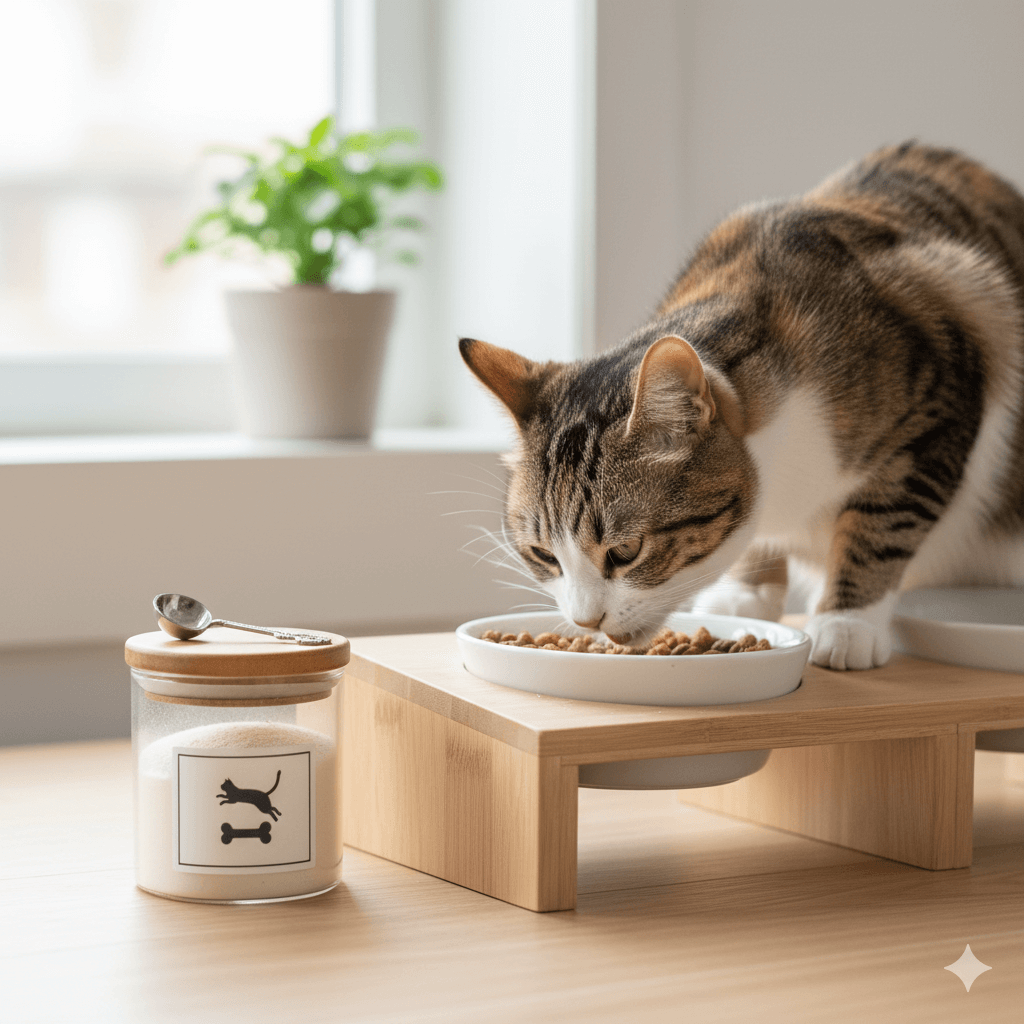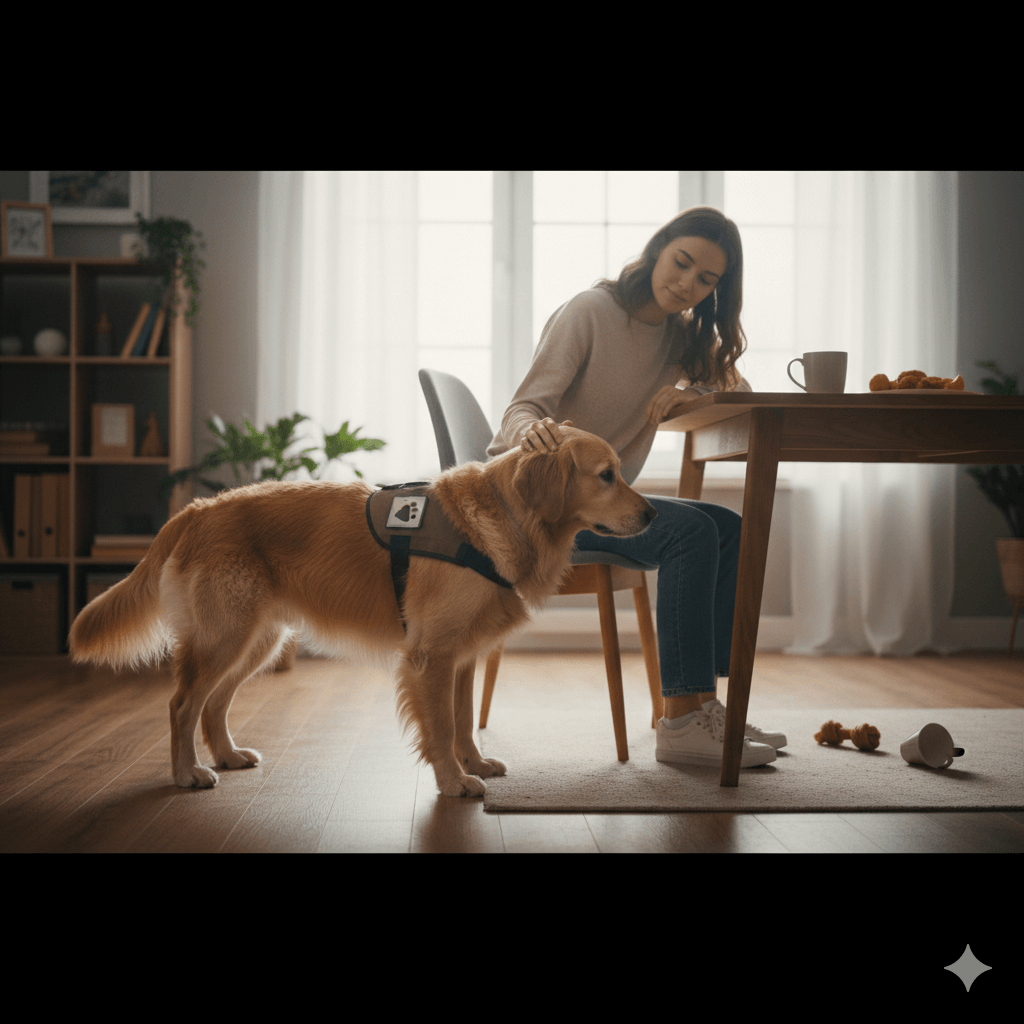Why Is My Cat Growling? Decoding Feline Communication
Cats are fascinating creatures, known for their playful antics and independent nature. However, sometimes their behavior can leave us puzzled, especially when they start growling. If you’ve ever wondered why your cat is growling, you’re not alone. Understanding the reasons behind this vocalization can help you better connect with your feline friend and ensure their well-being. In this blog post, we’ll explore the various reasons cats growl, what triggers this behavior, and how you can respond appropriately.
Common Reasons Why Cats Growl
Growling in cats is often a sign that something is amiss. Below are some of the most common reasons your cat might be growling:
Territorial Behavior
Cats are territorial animals, and growling can be a way to assert dominance or defend their space.Fear or Anxiety
When a cat feels threatened or scared, growling serves as a warning to potential threats.Pain or Discomfort
If your cat is experiencing physical pain, growling may be their way of communicating distress.Protecting Their Kittens
Mother cats often growl to protect their kittens from perceived dangers.Aggression Toward Other Pets
Cats may growl to establish boundaries with other animals in the household.
Understanding these triggers can help you identify the root cause of your cat’s growling and take appropriate steps to address it. By paying attention to their body language and environment, you can better support your furry companion.
How to Respond When Your Cat Growls
If your cat starts growling, it’s essential to respond calmly and thoughtfully. Here are some steps you can take:
Give Them Space
Avoid approaching or touching your cat when they growl, as this could escalate their stress.Identify the Trigger
Observe your cat’s surroundings to determine what might be causing the growling.Consult a Veterinarian
If the growling persists or seems unrelated to their environment, seek advice from a vet to rule out medical issues.Create a Safe Environment
Provide your cat with a quiet, comfortable space where they can retreat if they feel overwhelmed.Avoid Punishment
Never scold or punish your cat for growling, as this can increase their anxiety and worsen the behavior.
By responding with patience and understanding, you can help your cat feel more secure and reduce the likelihood of future growling episodes.
Check this guide 👉 Why is My Cats Tail Falling Off? Best 7 Expert Health Tips!
Check this guide 👉 Why Is My Cat Dragging Their Butt? Best 7 Expert Tips!
Check this guide 👉 Why Did My Cat Attack Me? Best 7 Expert Behavior Tips!

Reasons for Cat Growling | How to Address It |
|---|---|
Territorial instincts | Provide separate spaces for each pet |
Fear or anxiety | Remove potential stressors from the area |
Pain or discomfort | Schedule a vet check-up |
Protecting kittens | Keep unfamiliar people or pets away |
Aggression toward other pets | Gradually introduce pets to reduce tension |
Signs That Accompany Cat Growling
Growling is rarely an isolated behavior. Often, it comes with other signs that indicate your cat’s emotional state. Here’s what to look for:
Flattened Ears
Flattened ears suggest fear or aggression.Puffed-Up Fur
When a cat puffs up its fur, it’s trying to appear larger and more intimidating.Tail Position
A swishing or puffed-up tail indicates agitation or defensiveness.Dilated Pupils
Dilated pupils often signal heightened alertness or fear.Hissing or Spitting
These sounds accompany growling and serve as additional warnings.
Recognizing these accompanying signs will give you a clearer picture of your cat’s mood and help you respond appropriately.
Preventing Future Growling Episodes
While occasional growling is normal, frequent incidents may require proactive measures. Consider the following tips:
Socialize Your Cat Early
Expose your cat to different environments and people during kittenhood to build confidence.Monitor Interactions with Other Pets
Supervise interactions between your cat and other animals to prevent conflicts.Maintain a Routine
Cats thrive on routine, so sticking to consistent feeding and playtimes can reduce stress.Provide Mental Stimulation
Toys, puzzles, and interactive play can keep your cat engaged and less prone to anxiety.Minimize Loud Noises
Sudden or loud noises can startle your cat, leading to growling or other defensive behaviors.
By implementing these strategies, you can create a harmonious environment that minimizes the chances of your cat growling unnecessarily.
Environmental Factors That Trigger Growling
A cat’s surroundings play a significant role in their behavior, including growling. Here are some environmental factors that might trigger this reaction:
Sudden Changes in the Home
Cats are creatures of habit, and disruptions like moving furniture or renovations can cause stress.Unfamiliar Smells
Strong or new scents, such as cleaning products or visitors’ perfumes, can overwhelm your cat.Loud Noises
Vacuum cleaners, thunderstorms, or loud music can startle your cat and lead to growling.Intruding Animals Outside
Seeing stray cats or wildlife through windows can provoke territorial growling.Overstimulation from Play
Rough or prolonged play sessions can overexcite your cat, resulting in growling.
By identifying and minimizing these environmental triggers, you can help your cat feel more at ease and reduce unwanted growling behaviors.
How to Build Trust with a Growling Cat
Building trust is essential when dealing with a growling cat. Here are some steps to foster a stronger bond:
Respect Their Boundaries
Avoid forcing interactions when your cat seems uncomfortable or defensive.Use Positive Reinforcement
Reward calm behavior with treats or gentle praise to encourage trust.Speak in a Soft Voice
Calm and soothing tones can reassure your cat and reduce their anxiety.Offer Safe Spaces
Provide hiding spots or elevated perches where your cat can retreat if they feel threatened.Be Patient and Consistent
Trust takes time, so maintain a consistent routine to show your cat they’re safe with you.
By taking these steps, you’ll create a nurturing environment that helps your cat feel secure and less likely to growl.
When Growling Indicates a Deeper Issue
While occasional growling is normal, persistent growling may signal a deeper issue. Here are some signs that indicate it’s time to investigate further:
Frequent Aggression Toward Family Members
If your cat growls regularly at familiar people, there may be an underlying problem.Changes in Eating or Sleeping Habits
Growling accompanied by appetite loss or lethargy could point to health issues.Excessive Hiding
If your cat hides constantly and growls when approached, they may be feeling unwell.Growling During Grooming
This could indicate pain or discomfort in certain areas of their body.Sudden Behavioral Changes
Any abrupt shift in behavior, including growling, should be taken seriously.
If you notice these signs, consult a veterinarian or animal behaviorist to address potential medical or psychological concerns. Early intervention can make a significant difference in your cat’s well-being.
Frequently Asked Questions About Cat Growling
Is cat growling always a sign of aggression?
No, growling can also indicate fear, pain, or discomfort, not just aggression.
Should I ignore my cat when they growl?
Ignoring isn’t recommended; instead, observe their behavior and address any underlying issues.
Can growling be a sign of illness?
Yes, persistent growling may indicate pain or an underlying health condition.
How do I stop my cat from growling at other pets?
Gradual introductions and positive reinforcement can help reduce tension.
When should I consult a veterinarian?
If growling becomes frequent or unexplained, it’s best to consult a vet to rule out medical causes.
Understanding and Supporting Your Growling Cat
Cats communicate through a variety of sounds and behaviors, and growling is one of the ways they express their feelings. Whether it’s due to fear, territorial instincts, or discomfort, understanding the reasons behind your cat’s growling can strengthen your bond and ensure their happiness. By observing their body language, creating a safe environment, and seeking professional advice when needed, you can help your cat feel secure and content. Remember, every growl tells a story—listen closely, and you’ll uncover the message your cat is trying to share.
Understanding Bone Supplement for Cats: Best 7 Expert Tips! – Safe, vet-approved guidance for strong feline bones & balanced nutrition.
Bone Supplement for Dogs: Best 7 Expert Tips! – Expert guide to calcium, collagen & bone health for every life stage.
Understanding Can Cats Get Sunburn: Best 7 Expert Tips! – Protect your feline from UV damage with vet-backed prevention strategies.
How to Train a Seizure Alert Dog: Best 7 Expert Tips! – Learn expert-backed steps to nurture natural instincts into reliable, life-saving seizure alerts.





